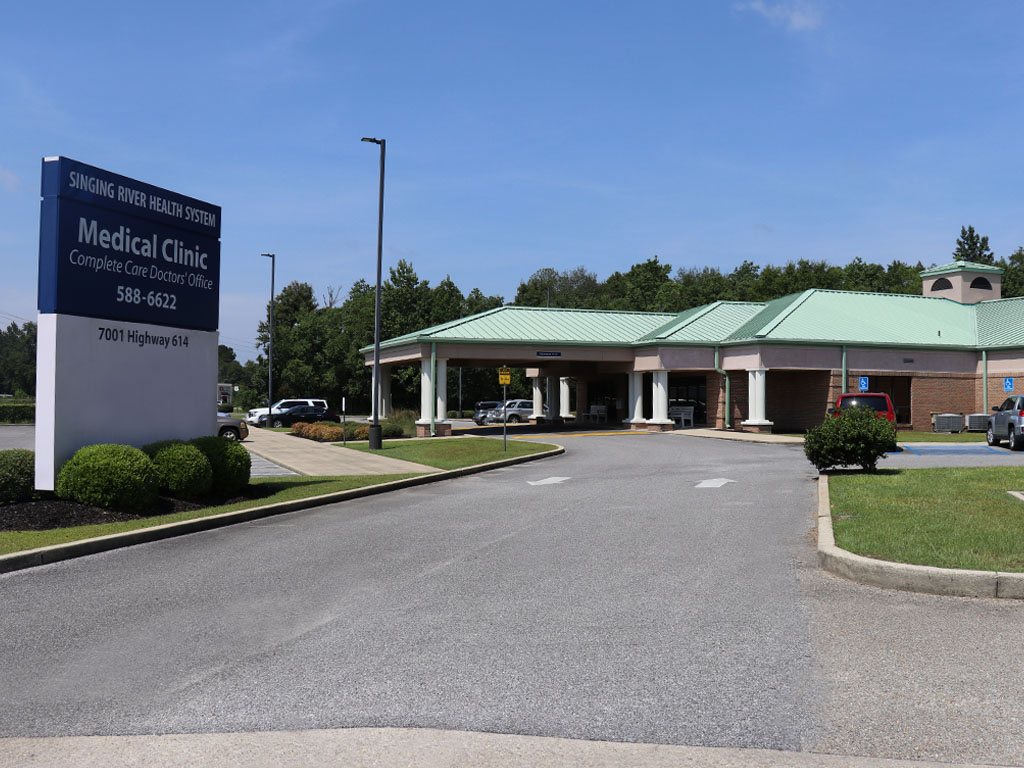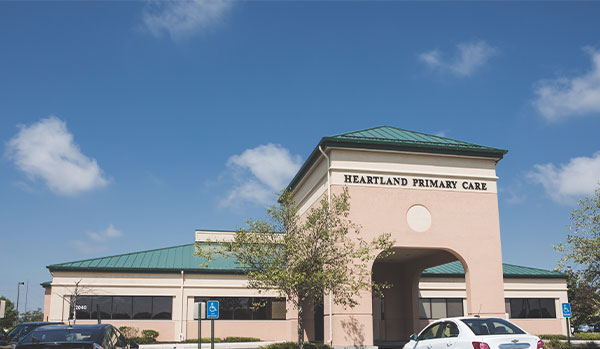The Relevance of Urgent Care Centers in Bridging the Gap In Between Medical Care and Emergency Providers
Immediate care centers have actually become a vital component of the healthcare landscape, efficiently addressing the important need for instant clinical attention without turning to emergency services. By supplying care for non-life-threatening conditions, these facilities assist to ease the problem on emergency situation rooms and improve individual accessibility to prompt treatment. Their expanded hours and varied services satisfy an expanding population seeking alternatives to traditional health care. Nevertheless, the advancing function of urgent treatment facilities increases essential questions regarding their combination within the broader health care system and the implications for individual results and source allotment.
Summary of Urgent Treatment Centers
Immediate treatment facilities have actually become a vital element of the healthcare distribution system, offering easily accessible medical solutions for non-life-threatening conditions. These centers typically run outside typical workplace hours, offering people an alternative to emergency clinic and health care setups. Clients seeking immediate care usually existing with problems such as small injuries, infections, or illnesses that call for prompt interest yet do not position an immediate danger to life or limb.
Urgent care facilities are staffed by a series of medical care specialists, consisting of doctors, registered nurse specialists, and physician assistants, who are geared up to detect and treat various clinical concerns. They often feature diagnostic devices such as X-ray equipments and laboratory services, enabling them to give comprehensive care on-site.
The establishment of immediate treatment facilities has been affected by the increasing demand for prompt clinical solutions in a hectic culture, where patients may battle to secure appointments with health care suppliers. As an outcome, these centers intend to relieve congestion in emergency situation divisions, improving overall health care efficiency. In addition, immediate treatment facilities typically function as a bridge in between medical care and emergency solutions, ensuring that people receive appropriate treatment customized to their specific medical requirements.

Advantages of Urgent Care Provider
Accessing timely treatment is a considerable benefit of urgent care solutions. These centers offer immediate focus for non-life-threatening problems, properly reducing delay times compared to typical emergency divisions. Individuals looking for treatment for minor injuries, health problems, or immediate wellness problems can obtain treatment without the lengthy delays typically linked with medical facility check outs.
An additional key benefit is the prolonged hours of procedure. Lots of immediate care centers are open evenings and weekends, fitting individuals who might not have the ability to visit their health care supplier during typical office hours. This versatility makes immediate care an available alternative for those with busy timetables or unexpected wellness concerns.
Moreover, urgent care centers frequently provide a large range of solutions, including analysis testing, X-rays, and basic research laboratory solutions. This extensive approach enables fast medical diagnosis and therapy, improving client contentment.
In addition, immediate treatment facilities are commonly extra cost-effective than emergency clinic, making them an eye-catching choice for people without insurance coverage or those with high-deductible plans. On the whole, immediate care solutions play a crucial role in offering available, timely, and economical healthcare.
Comparison With Medical Care
Commonly, individuals often weigh their choices in between urgent care facilities and medical care suppliers when seeking clinical interest. Both offer vital functions in the health care system, yet they differ significantly in ease of access, range, and price.
Primary treatment providers are generally the initial factor of call for patients, concentrating on long-term wellness management, precautionary treatment, and chronic condition monitoring. They provide continuity of treatment, promoting a patient-provider relationship that enables comprehensive wellness assessments and individualized treatment strategies. However, setting up a visit can be time-consuming, frequently calling for days or weeks in advancement.
On the other hand, immediate care centers provide prompt look after non-life-threatening conditions that need timely interest, such as small injuries or infections. These centers typically operate beyond typical office hours, fitting clients who may not have the ability to see their health care provider during normal service times. In addition, immediate treatment is usually much more affordable than emergency clinic brows through, making it an attractive choice for those with restricted health care gain access to.
Eventually, while immediate care centers and medical care suppliers both add to patient health and wellness, they provide to distinctive demands, making it crucial for patients to determine which option ideal aligns with their circumstances.
Emergency Solutions Communication
The interaction between immediate treatment facilities and emergency solutions is an important element of the health care landscape, especially when patients face circumstances that may rise in intensity. Urgent care facilities offer as a bridge between health care and emergency situation departments, dealing with non-life-threatening problems that need prompt focus. This collaboration improves client results and optimizes source allocation within the medical care system.
When people offer with immediate yet not deadly concerns, urgent care centers can effectively handle their requirements, relieving blockage in emergency spaces. When a patient's problem goes beyond the scope of urgent care therapy, Facilities geared up with analysis capabilities can facilitate prompt references to emergency services. This seamless communication aids make sure that individuals get the ideal level of care without more info here unneeded delays.
Moreover, effective communication in between urgent care carriers and emergency situation solutions is crucial. Sharing individual info and treatment histories cultivates collaborated care, lessening the threat of redundant tests and procedures. As medical care proceeds to develop, the dynamic relationship in between urgent care centers and emergency solutions will play an essential function in improving person care performance, satisfaction, and total health and wellness outcomes within the neighborhood.
Future of Urgent Treatment Facilities
As healthcare needs evolve, the future of immediate treatment facilities is positioned to end up being progressively essential to the total medical ecosystem (Urgent Care). These facilities are likely to increase their roles by integrating advanced innovations, such as telemedicine, expert system, and electronic health document assimilation. This will boost client accessibility and improve treatment sychronisation in between immediate care, main care, and emergency solutions
Moreover, immediate treatment centers are anticipated to expand their service offerings to include precautionary treatment and persistent disease management. This shift will position them as crucial parts in managing populace health and wellness, decreasing the problem on emergency situation departments, and dealing with gaps in main care availability.
The expanding fad of value-based treatment will certainly additionally speed up the makeover of immediate treatment facilities, prompting them to focus on client outcomes and fulfillment. Facilities might also take on joint method designs, functioning carefully with experts and health care service providers to guarantee extensive client management.
Final Thought
In conclusion, immediate care centers this post serve a vital feature in the healthcare system by giving prompt access to therapy for non-life-threatening conditions, properly relieving stress on emergency solutions. Their extended hours and diverse variety of services improve individual comfort and contentment, while likewise ensuring appropriate treatment distribution. As healthcare needs remain to progress, the duty of urgent care centers will likely become progressively significant, more connecting the void between main care and emergency situation solutions.
The establishment of urgent treatment facilities has been influenced by the raising demand for prompt clinical solutions in a fast-paced society, where clients might struggle to secure visits with key care companies. In addition, urgent care facilities often serve as a bridge between key care and emergency services, making sure that people get Clicking Here suitable care tailored to their certain clinical needs.
Many urgent care facilities are open nights and weekend breaks, suiting patients who may not be able to visit their main care provider throughout standard office hours (Urgent Care). As healthcare proceeds to develop, the vibrant connection between urgent care facilities and emergency services will play a critical function in enhancing client care efficiency, contentment, and total wellness results within the community
